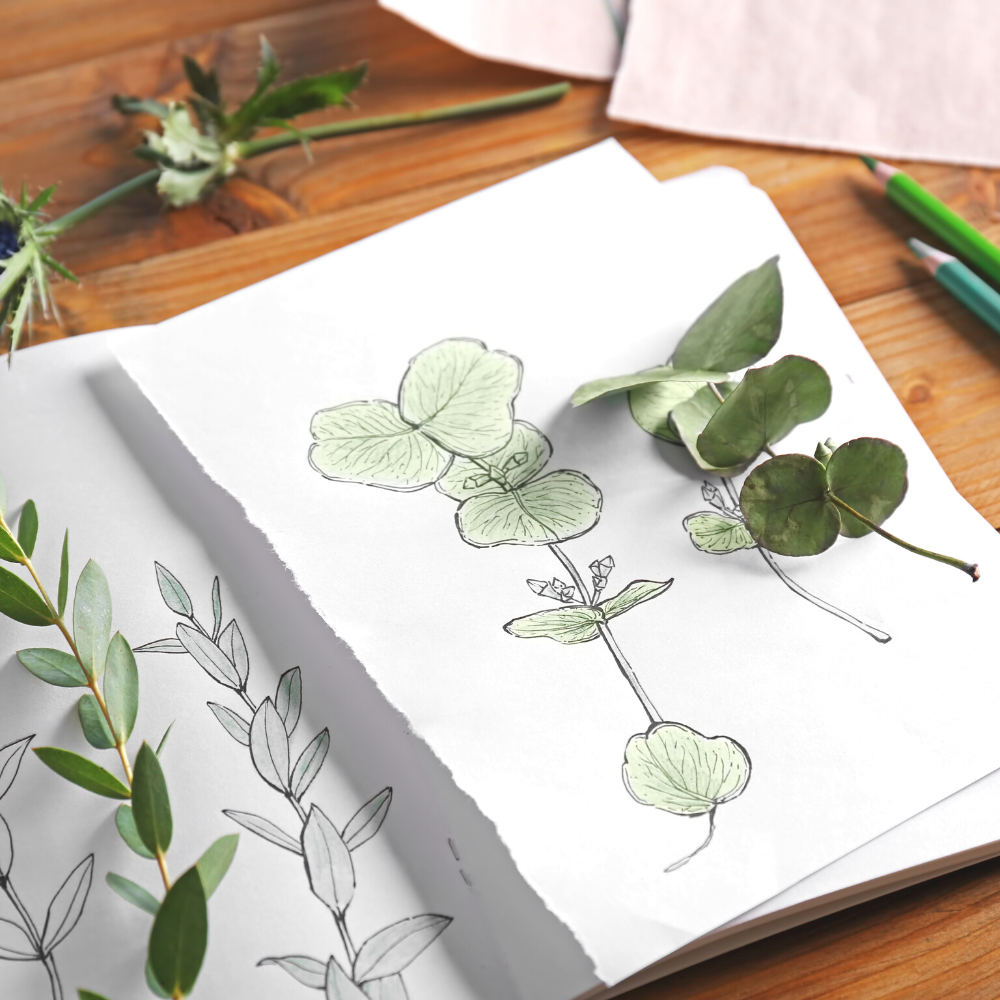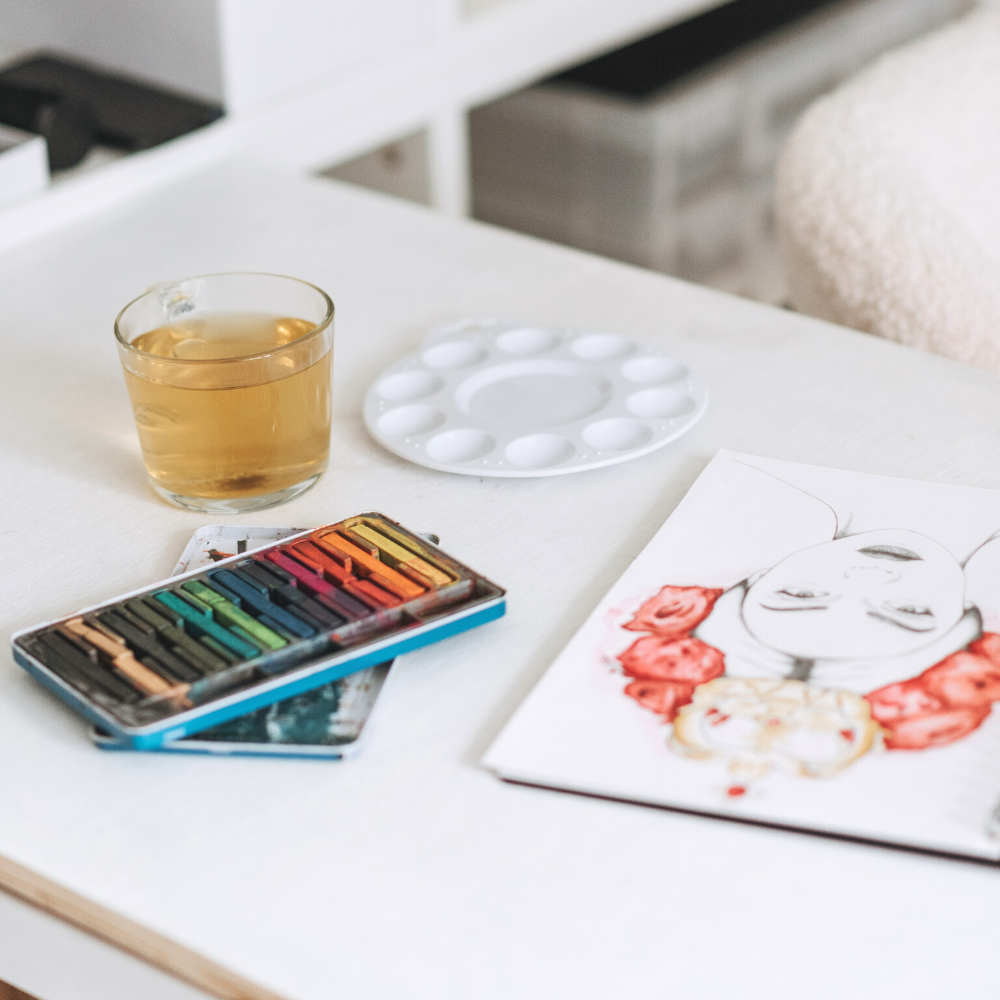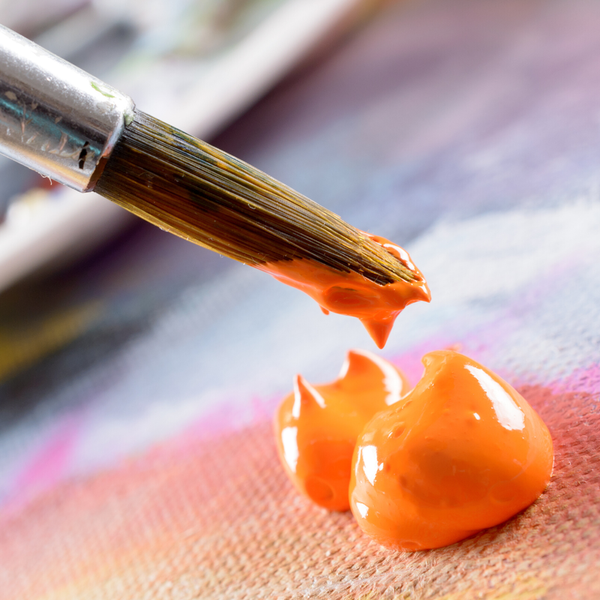Hey there, fellow artists!
Do you enjoy documenting your daily life, thoughts, and experiences in a journal?
Have you ever aimed to turn a plain, ordinary journal into a colorful, imaginative art journal?
If so, you've probably heard of both a journal and an art journal.
But what exactly is the difference between the two?
Is it just the type of paper or the materials used?
Well, dear artists of all skill levels, fear not!
Today, we're going to delve into the magical world of journaling and art journaling, and uncover the key differences between these two awesome creative outlets.
Whether you're a seasoned artist looking for a new way to express yourself or a beginner hoping to dip your toes into the world of art, this blog post is here to guide you through the vast ocean of possibilities.
Get ready to unleash your inner creativity and discover how journaling and art journaling can take your artistic journey to new heights.
Buckle up, because it's going to be one heck of a creative ride!
Key Takeaways:
- Understand the fundamental differences between a traditional written journal and an art journal.
- Discover how art journals serve as a creative self-care practice and a no-holds-barred space for expression.
- Learn about the simple art materials and techniques used in art journaling.
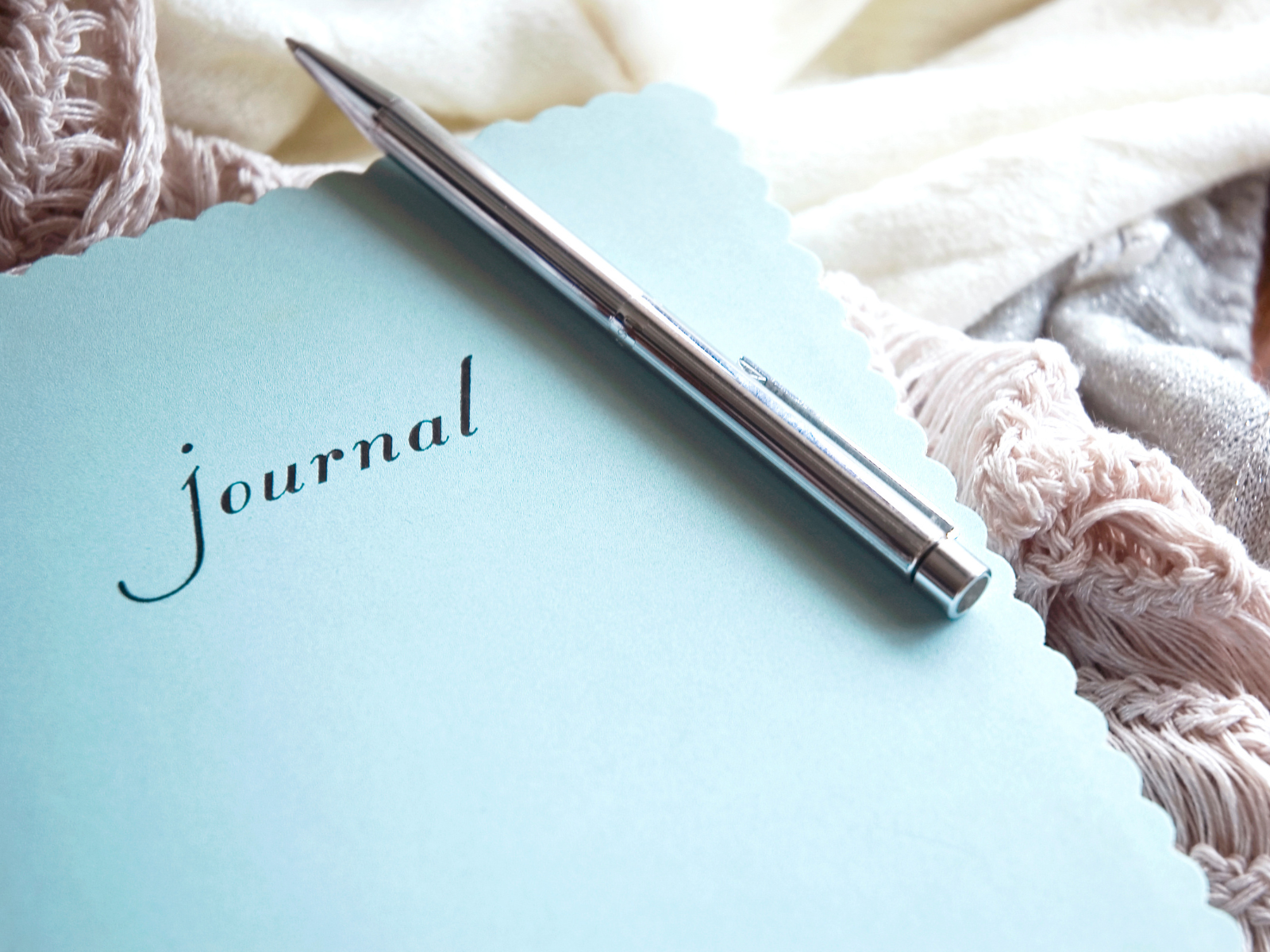
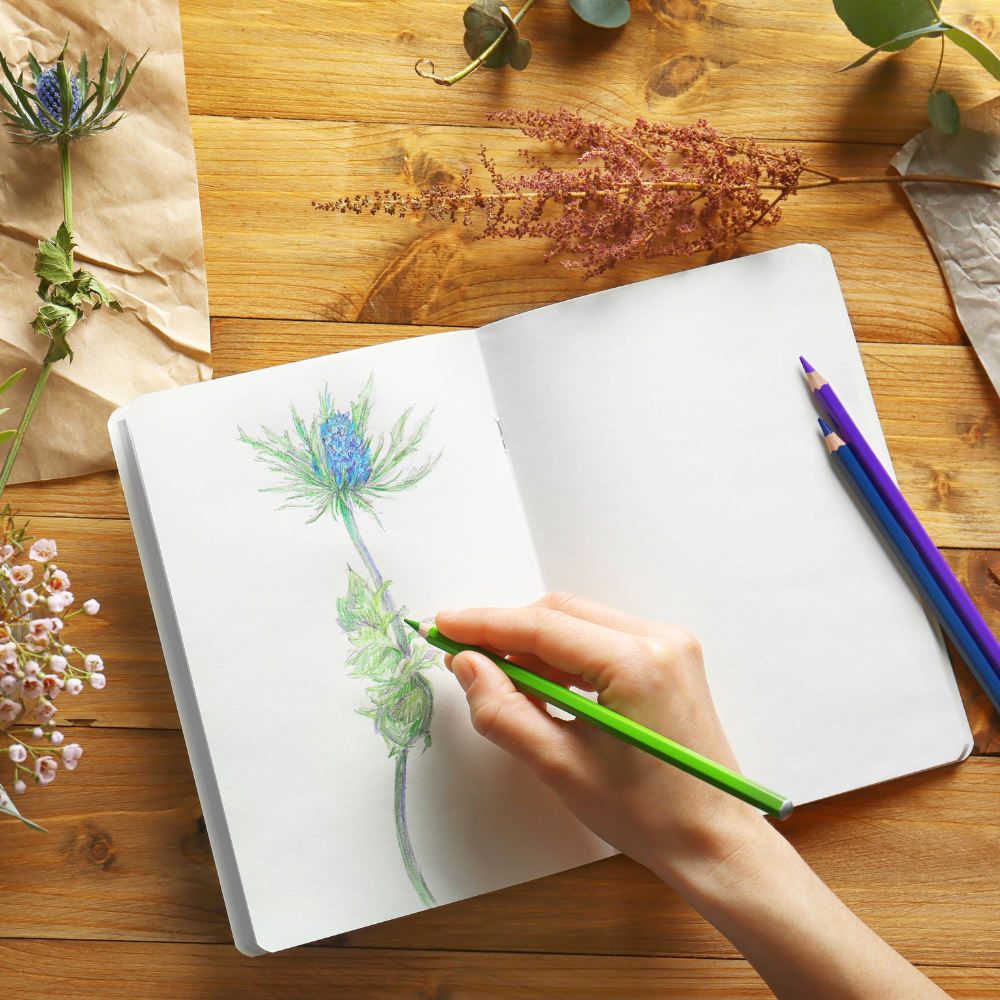

The Traditional Written Journal
Journals have been a part of human history for centuries, serving as a private space where individuals can document their thoughts, experiences, and emotions.
A written journal, often referred to simply as a journal, is a place for words.
It's where people jot down their daily events, reflect on their feelings, or record their favorite quotes.
The act of writing in a journal can be one of the best coping skills, providing a way to de-stress and process life's challenges.
With the rise of creative self-care practices, traditional written journals have also evolved to serve as a therapeutic tool for individuals to reflect and express themselves.
A traditional journal typically consists of blank or lined pages, where one can write using any medium such as pen, pencil, or even watercolor.
Journaling is the perfect place to pour out your innermost thoughts and feelings without fear of judgment.
The pages of a written journal are typically filled with text, sometimes accompanied by simple doodles or gel pen scribbles, but the primary focus remains on the written word.
Art Journals: A Canvas for Creativity
In contrast, an art journal is an expressive outlet that incorporates colors, images, and various art forms.
It's a no-holds-barred space where one can explore different mediums, from finger paint to collage, without worrying about the outcome.
Art journals often include pages frequently adorned with stamp patterns, washi tape, and pictures from old books or magazines.
The process of creating in an art journal is just as important as the result, making it a great metaphor for living life in an imperfectly beautiful way.
In an art journal, there are no rules or expectations to follow, and the final product is often a reflection of one's current state of mind.
Materials and Techniques
When it comes to art journaling, the supplies used can range from simple art materials found around the house to specialized items purchased from craft stores.
Common materials can include paint, markers, old books, magazines, and collage papers.
Art journaling tutorials often encourage just playful mark making, allowing the artist to create without the pressure of perfection.
Techniques can vary widely, from layering and texturing to stamping and drawing, each adding a unique touch to the journal's pages.
The key is to experiment and have fun with different materials and techniques, allowing your creativity to flow freely.
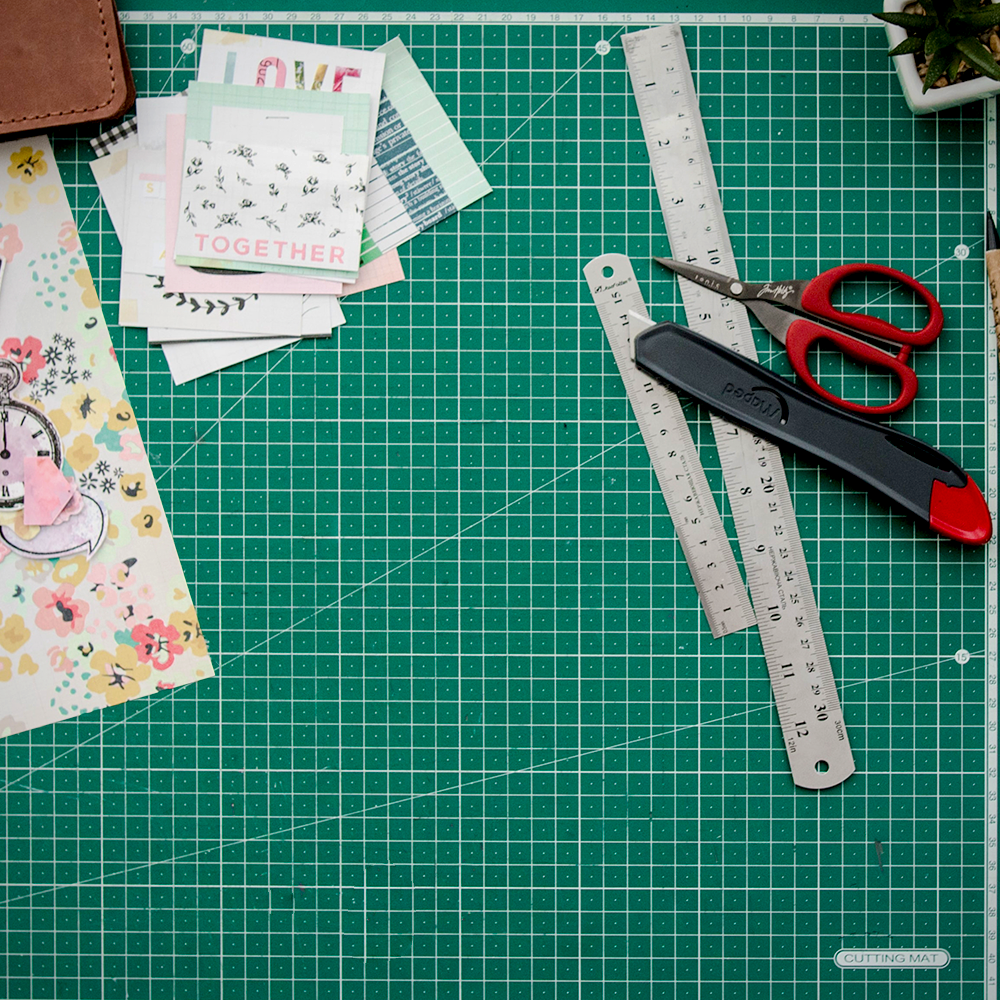


Therapeutic Benefits of Journaling
Journaling, whether through words or art, has long been recognized as a potent tool for self-reflection and emotional processing.
The act of transferring thoughts and feelings onto paper can be a form of creative self-care, offering a healthy way to de-stress and manage the complexities of daily life.
By engaging in this practice, individuals create a holds barred space where they can express themselves without judgment or censorship.
This freedom can lead to significant mental health benefits, as the journal becomes a safe haven for personal exploration and catharsis.
Art journaling, in particular, takes this therapeutic experience to the next stage by incorporating making art into the process.
It's not just about writing down what worries you on a worried page; it's about transforming those concerns into visual expressions.
Whether it's through painting, drawing, or creating a stamp pattern, the kind of art made in an art journal can serve as a powerful medium for conveying emotions that words alone may not capture.
The beauty of these visual elements can provide comfort and a sense of accomplishment, further enhancing the journaling experience as a means of self-care.
Art Journaling as a Coping Mechanism
Art journaling is not just about creating art; it's about finding one of the healthiest ways to cope with stress, anxiety, and the complexities of life.
It's a practice that can be done in several stages, allowing the artist to return to the same page and add more layers as their feelings evolve.
This process can be incredibly therapeutic, providing a safe space to express emotions without fear of judgment.
Moreover, the end product can serve as a tangible reminder of how far one has come in their journey of self-exploration and growth.



Incorporating Multimedia Elements in Journaling
In the digital age, the concept of owning a journal has expanded beyond the traditional paper and pen.
Bullet journal videos and more tutorials on platforms like YouTube have opened up a new realm of possibilities for those looking to enhance their journaling practice.
Love watching experts guide you through new techniques?
These resources are invaluable for learning how to incorporate different media into your journal, whether it's for planning, documenting, or expressing creativity.
The visual aspect of these tutorials also makes the learning process more engaging and easier to follow.
Junk journaling is another innovative approach that has gained popularity among journal enthusiasts.
This kind of art involves upcycling and repurposing old books, paper scraps, and other ephemera to create a unique and personalized journal.
It's a way to recycle materials that might otherwise be discarded, turning them into something beautiful and meaningful.
The process of making art from 'junk' encourages a no-holds-barred approach to creativity, where every bit of stuff has the potential to add texture, color, and character to a journal page.
This method not only fosters creativity but also promotes an eco-friendly mindset among its practitioners.
The Role of Themes and Prompts
While a written journal might follow the theme of one's life or a particular situation, art journals can explore themes in a more abstract way.
Artists might choose to art journal about a different day or idea, using images and colors to convey their feelings.
Prompts can also play a significant role in art journaling, providing inspiration and a starting point for creativity.
These prompts can be as simple as a favorite quote, a single word, or a collection of random supplies.
Some examples of prompts that are commonly used in art journaling include:
- Create a page inspired by your favorite song.
- Use only shades of blue to express how you feel today.
- Incorporate an image of your favorite animal into your journal page.
- Draw or paint a self-portrait without using a mirror.
Prompts can be specific or open-ended, encouraging artists to expand their creative boundaries and explore new themes or techniques.
They can also serve as a great way to get out of a creative rut and spark inspiration.

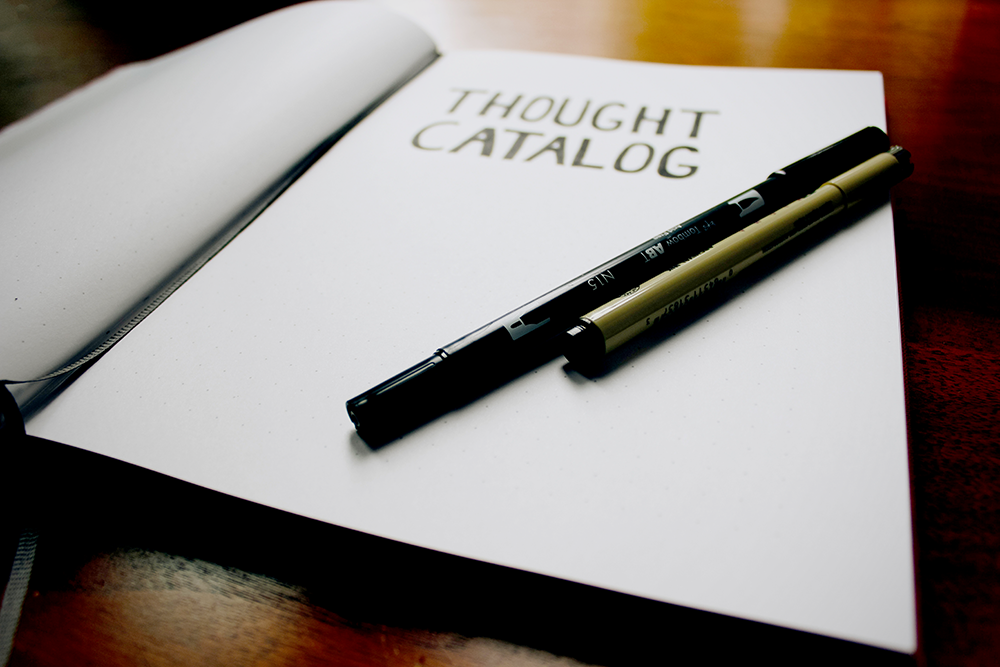
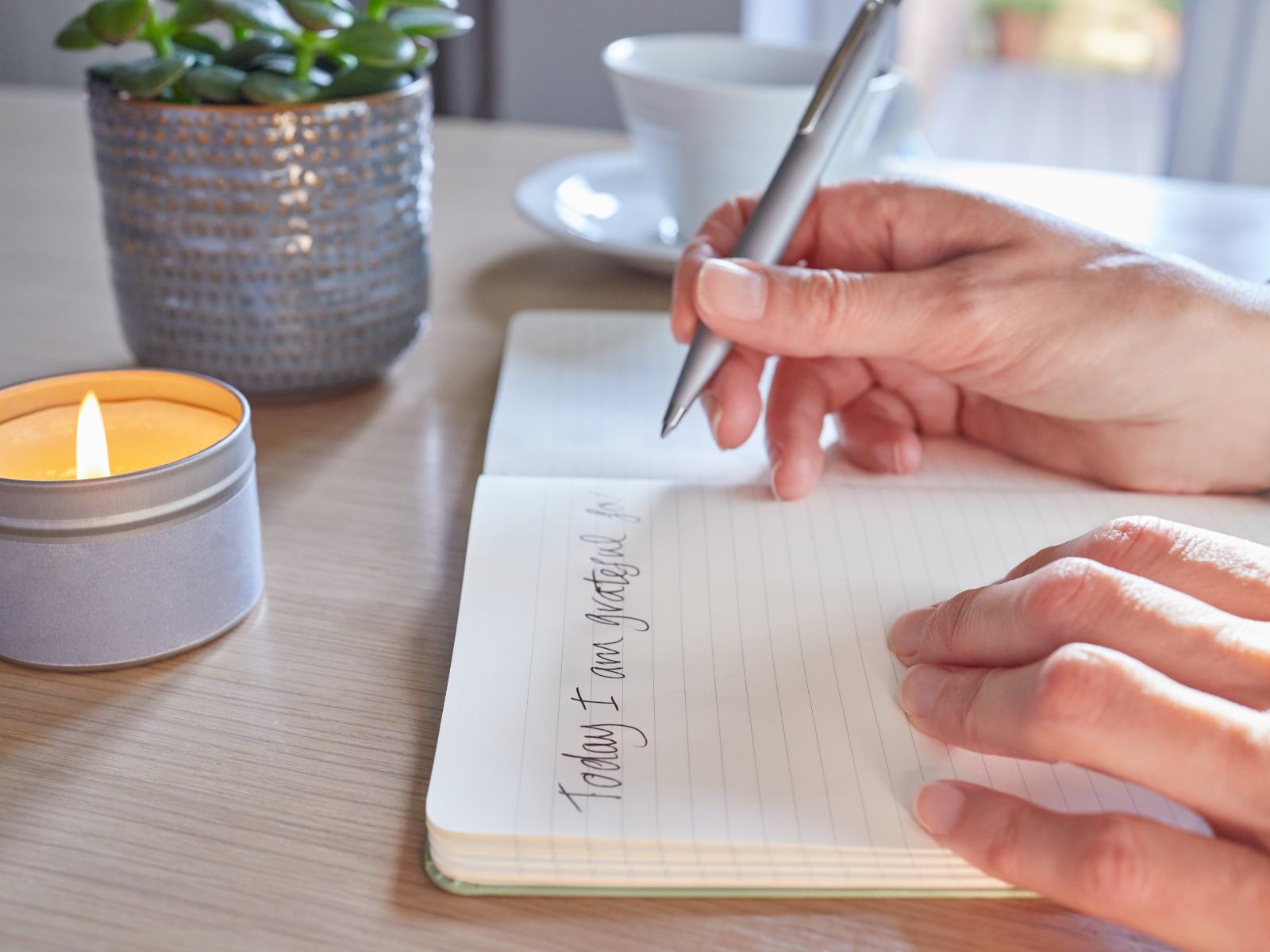
Personal Expression and Documentation
Both types of journals serve as a record of the individual's journey, but they do so in different ways.
A written journal captures the inner world of thoughts and words, while an art journal visually expresses emotions and experiences.
Art journaling can be seen as a form of creative self-care, offering a healthy way to express and explore one's feelings.
It's a practice that can be tailored to fit any mood or situation, making it a versatile tool for personal growth.
In contrast, traditional written journals serve as a documentation of one's life, acting as a personal archive to look back on and reflect.
The Evolution of Journaling
Journaling has evolved from purely filled pages of writing to include the vibrant world of art journals.
This evolution reflects the changing ways people seek to express themselves and document their lives.
Bullet journals, junk journals, and other forms of creative journaling have also gained popularity, each offering a unique way to organize thoughts and ideas.
The world of journaling is as diverse as the individuals who partake in it, with each form offering its own set of benefits and joys.
Whether you're a writer, artist, or both, there's no limit to how creative and personal your journal can be.


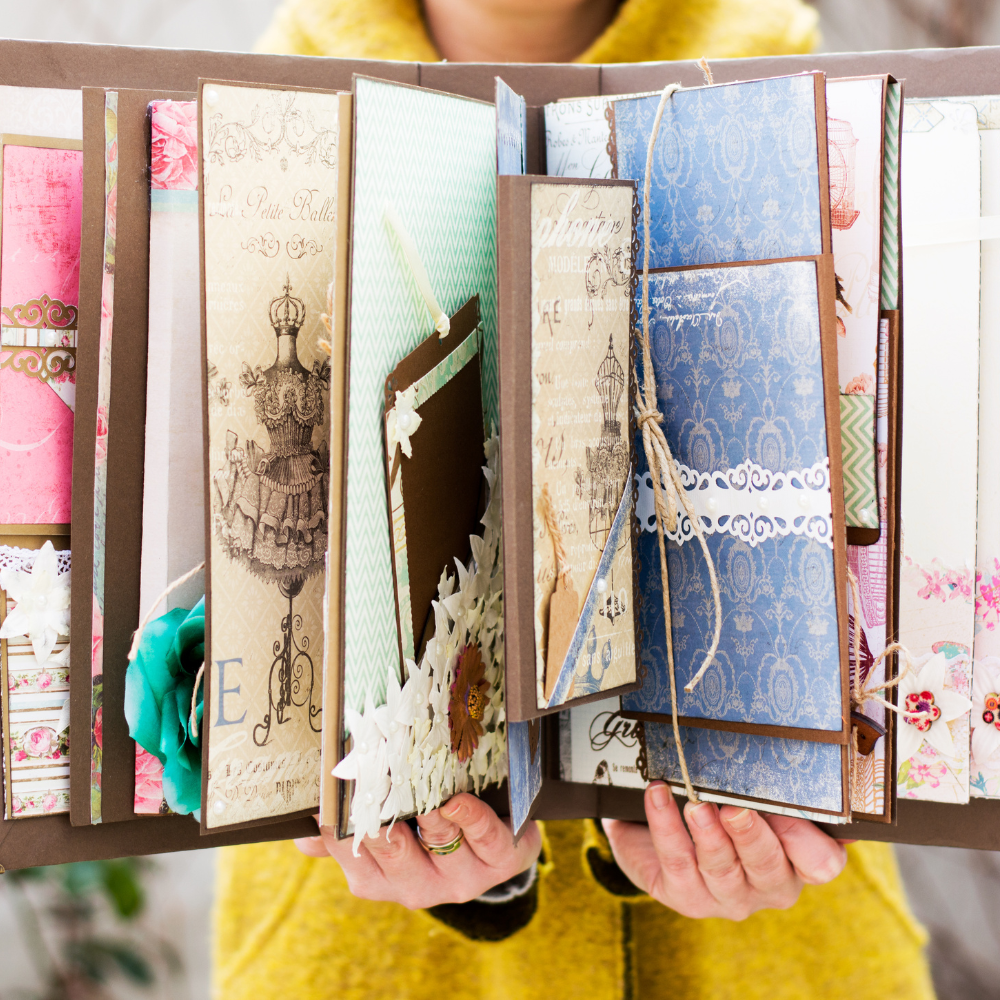
Start Your Journaling Journey Today!
Journaling and art journaling are two unique but intertwined creative practices.
Whether you prefer traditional written journals, art journals, or a mix of both, these creative outlets offer endless possibilities for self-expression and personal growth.
The difference between a journal and an art journal lies in their primary modes of expression.
Traditional journals focus on words and writing, serving as a diary of thoughts and events.
Art journals, on the other hand, are visual diaries that incorporate a wide range of artistic techniques and materials, offering a more tactile and colorful way to document life's journey.
Both serve as powerful tools for reflection, self-care, creativity, and personal growth, catering to different needs and preferences.
Each style caters to different artistic preferences and requirements.
The best part is that you don't have to be an expert in either field to start.
Regardless of your skill level, journaling and art journaling are accessible to everyone.
Whether you're writing down your thoughts or creating a visual representation of them, journaling is a great way to explore your inner world and unleash your creativity.
Go ahead, let your imagination run wild and see where it takes you; there's no limit to the possibilities with journaling and art journaling!
So, let your creativity flow, and don't forget to have fun!
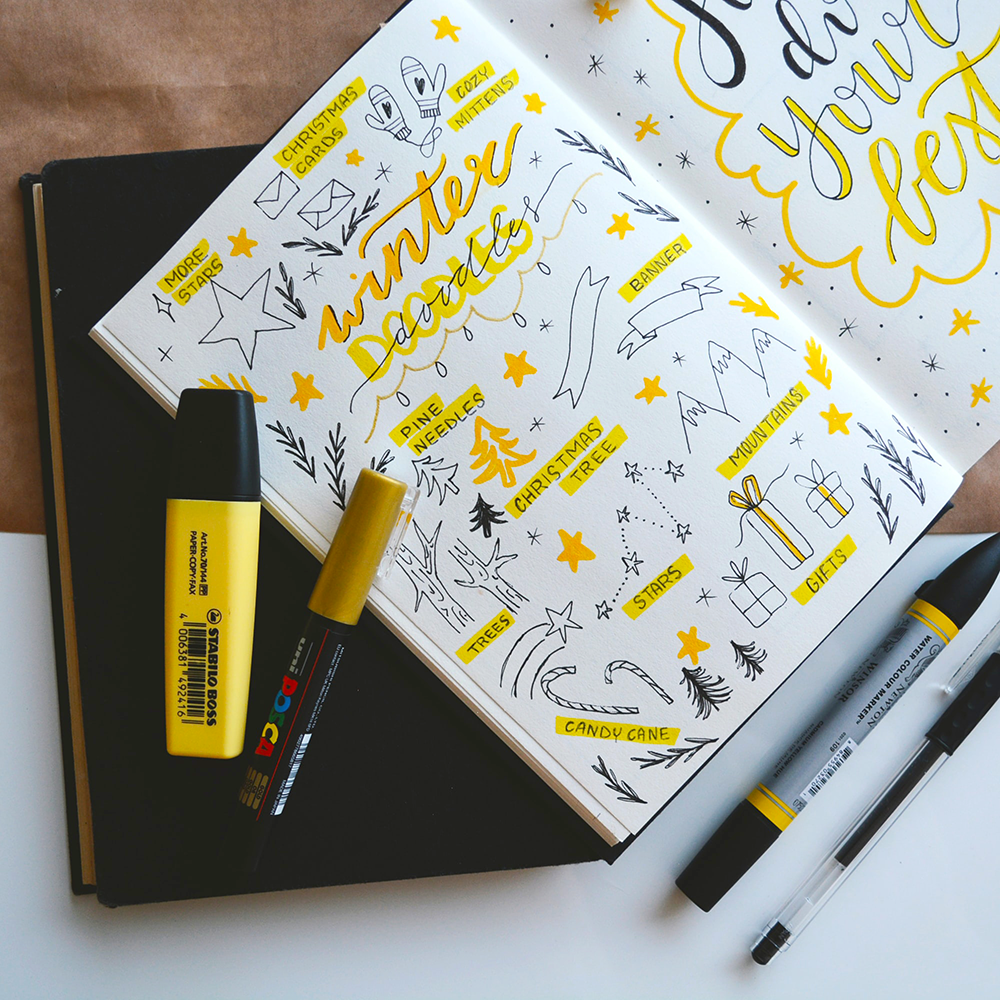

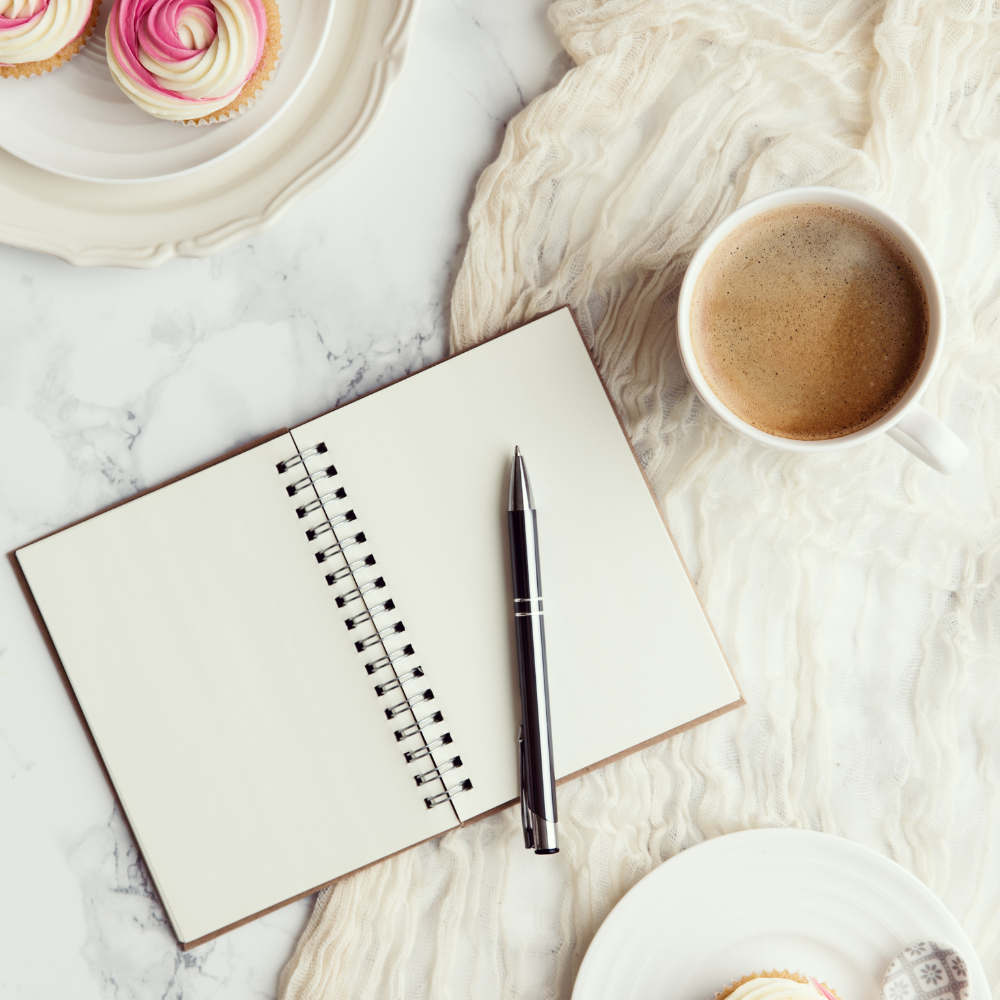
Interested in learning more about different types of journals? Check out I Love Journaling's video!
Want even more content about creativity and art?
Be sure to check out all of our creative chronicles!
Eager to learn more about journals and sketchbooks?
Check out some of our other articles:
-What's the difference between a sketchbook and an art journal?
